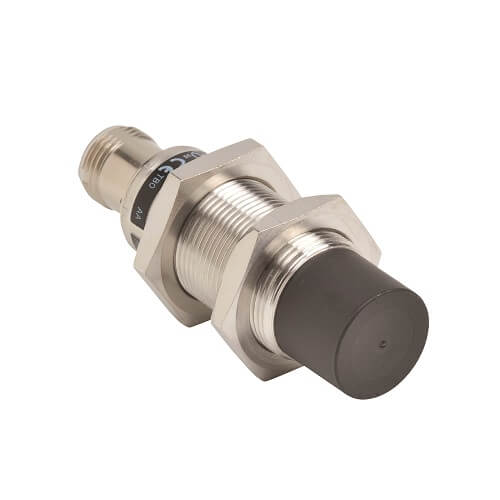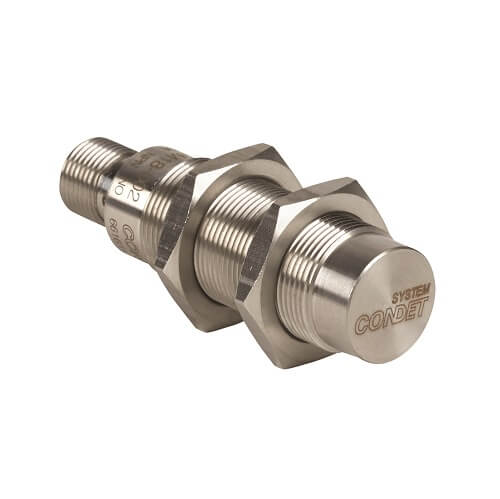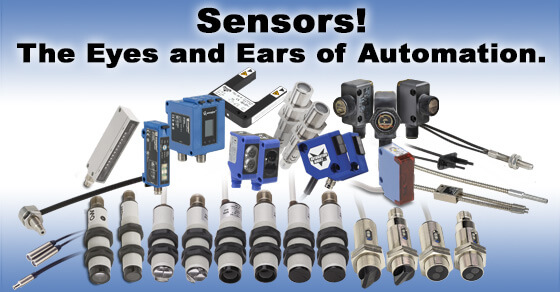These pointers shed some light on how end users can choose between general-purpose and mission-specific position sensors.
Andrew Waugh, Product Manager for Sensor and Safety products at AutomationDirect, recently authored an article for the September 2019 issue of Design World titled Applying the right position sensor. Following is a summary, click on the preceding link for the full online version.
Many products are available in good, better, and best versions—and so it is with industrial positions sensors—with products ranging in functionality from basic general-purpose to enhanced mission-specific styles. The latter usually cost more but have additional features, and this article examines some criteria end users should use when choosing the best sensor for their application.
General-Purpose Versus Mission-Specific
General-purpose is associated with basic functionality, while mission-specific implies more specialized, capable, and highly-engineered products. Andrew categorizes sensor features as follows.
For most position sensors, the three fundamental technical performance criteria are: reliable sensing distance, environmental suitability and mounting requirements. All three are related to each other, and how the sensor is designed to achieve each of these goals is partly what classifies it.
He goes on to say that most observers would think any mission-specific product would make general-purpose seem inadequate or inferior, but a fact-based analysis reveals this isn’t always the case.
Weighing the Features
The most obvious reason to favor general-purpose sensors over mission-specific is lower cost, but Andrew points out some downsides of a mission-specific device.
Perhaps it is more difficult to adjust, or less reliable at certain types of detection, so it causes difficulties for technicians and operators. If it ever needs replacement, its more specialized nature might mean less commercial availability.

Standardization is a key concern, and end users will generally pay a little more to stock one sensor that works for most of their applications.
Photoelectric Example
Photoelectric sensors come in diffuse, retro-reflective, and through-beam sensing technologies and provide a practical example.
A basic application like sensing a box could best use retro-reflective, while a difficult application like sensing a clear bottle would require a specialized, optimized sensor. The specialized sensor would be more expensive and less suitable for basic uses, so the end user would not be able to standardize on a single model.
Focus on the Environment and the Technology

Andrew relates a practical method for selecting sensors.
Many designers might find a cost-effective approach is using general-purpose wherever possible, and only moving to mission-specific when the environment or technology demand it.
A chosen sensor must survive the water, dirt, and contaminant conditions it is exposed to, and offer proper technology to sense the target.
Each sensor type demands unique considerations. Photoelectric examples must account for target reflectivity, the background, and color. Proximity types are selected based on the target metal and sensing range.

The Right Position Sensor for the Job
Andrew summarizes the sensor selection design activity as follows.
If designers can choose a general-purpose sensor that survives in the environment and gets the job done, there is no reason for them to feel they are getting anything less as compared to a mission-specific sensor. For a new and untested application, the right approach might be to start with a standard model to see if it can pass muster.
Fortunately, there are many options available to support more advanced applications. End users can investigate the technologies and characteristics. Device manufacturers and distributors can provide advice on how to best use their products in a wide range of applications, helping designers target just the right models to optimize the price/ performance ratio.


